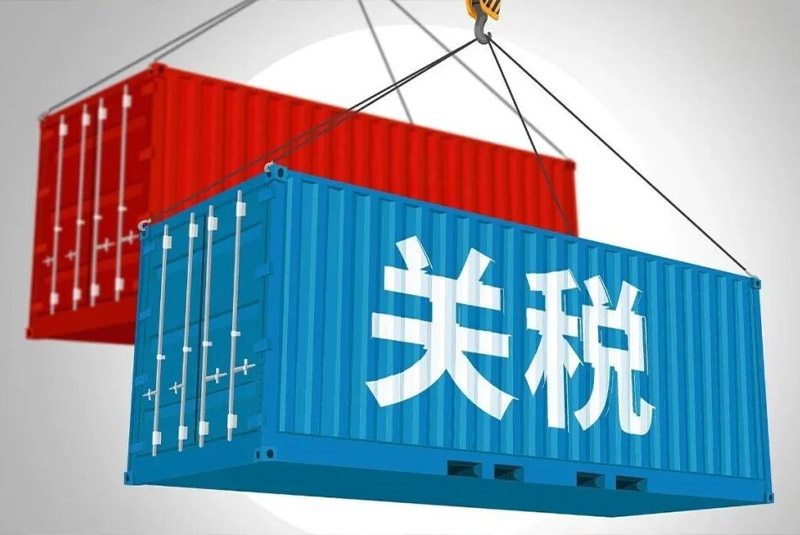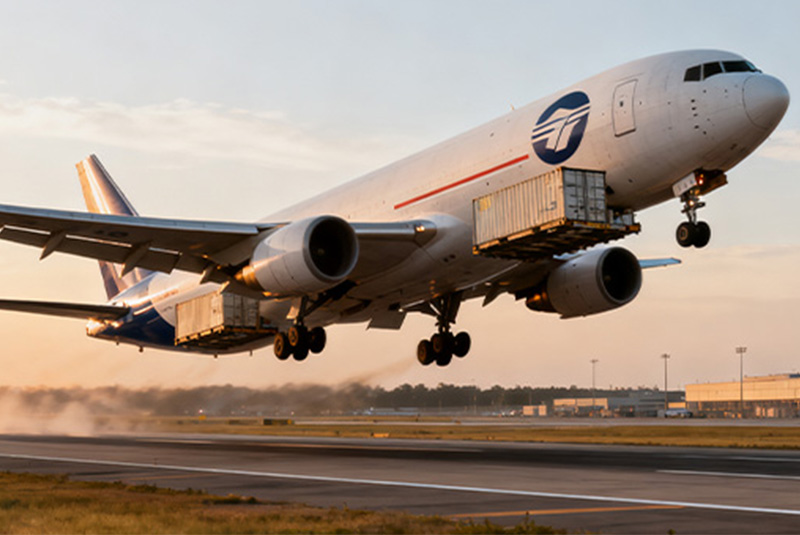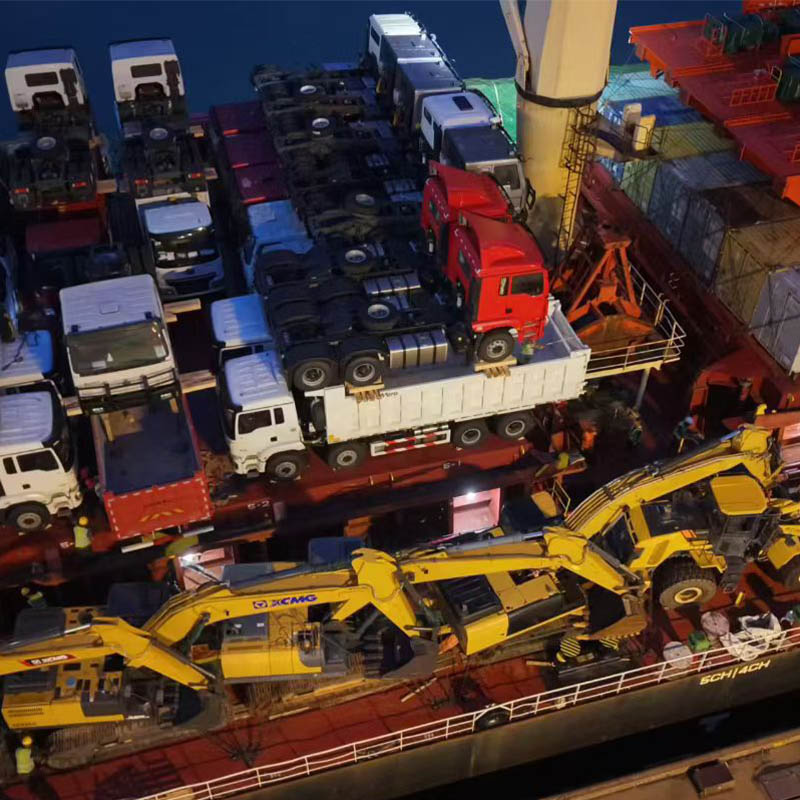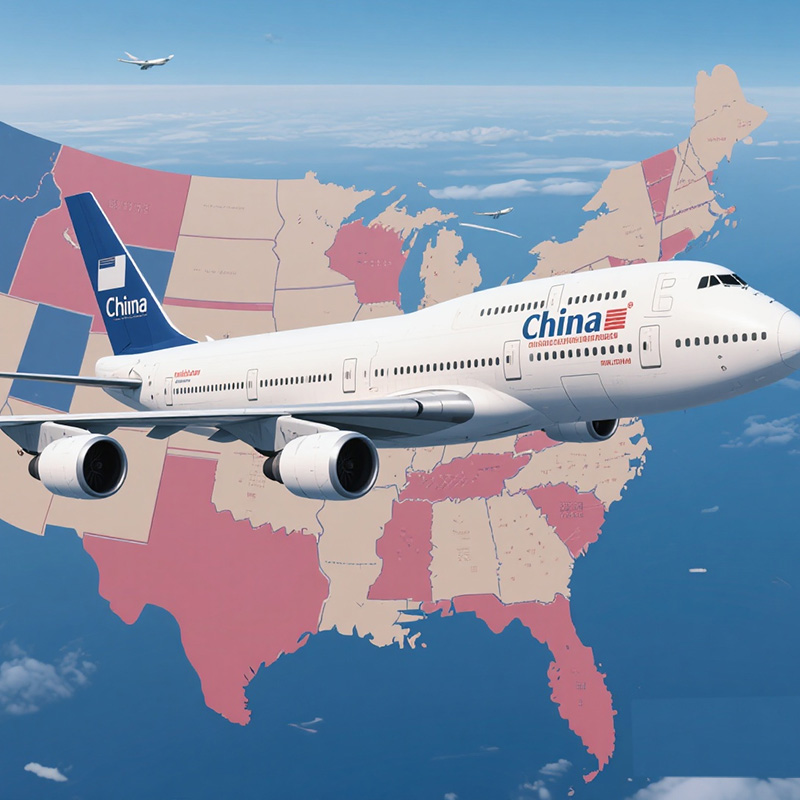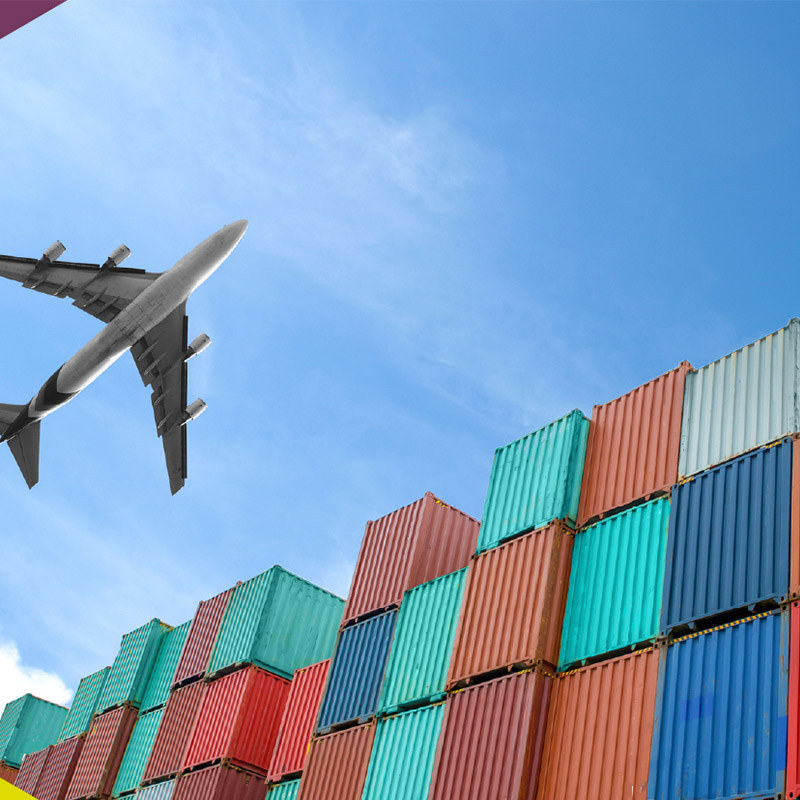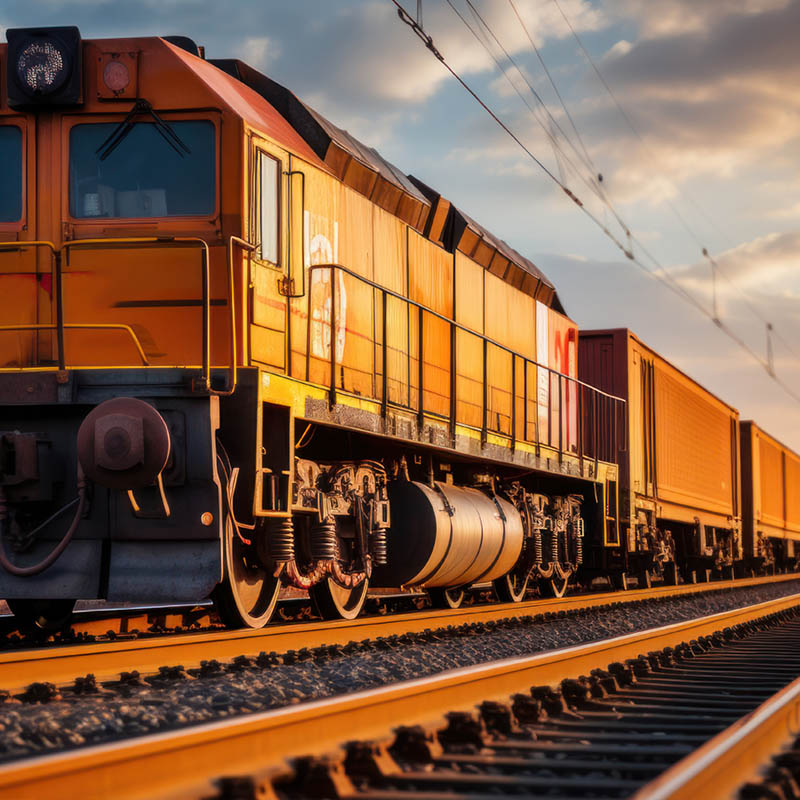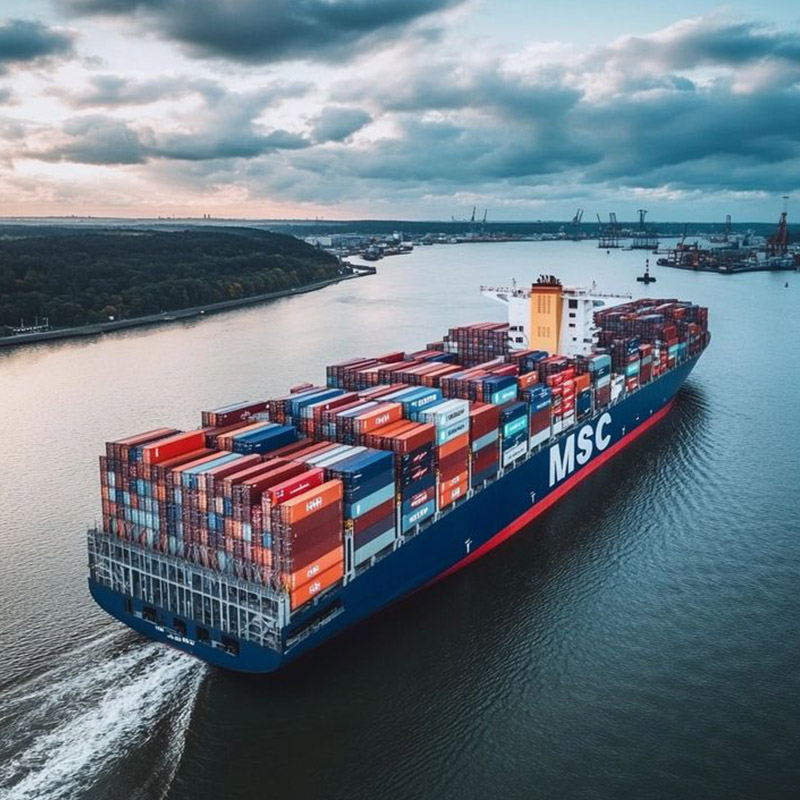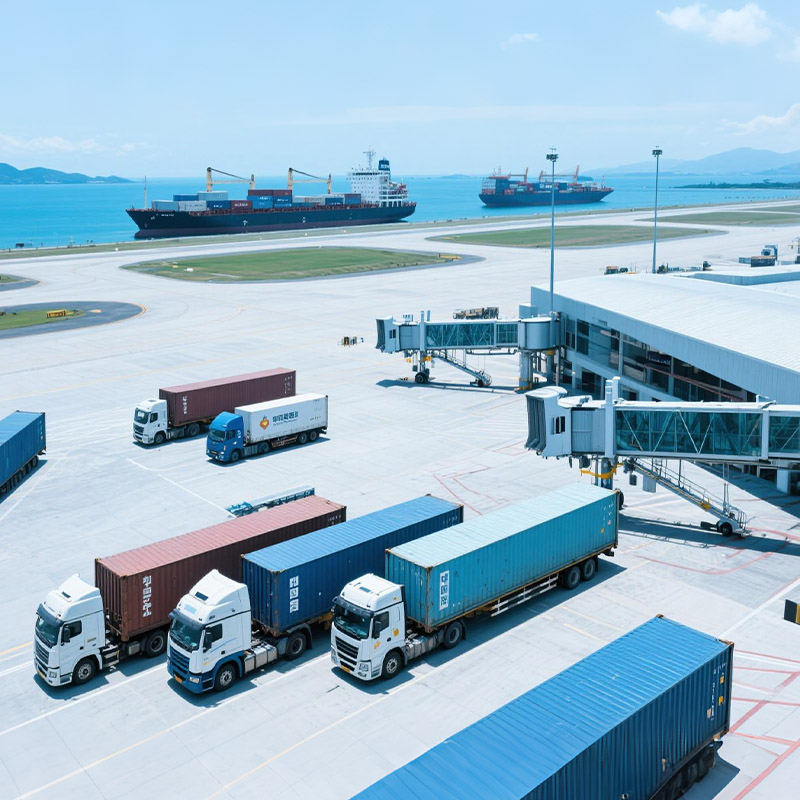October 14, 2025, marked a landmark day for the shipping industry, as the two countries implemented a policy of levying exorbitant port fees on each other. This move triggered a chain reaction in the shipping market, with two Matsun Marine vessels being charged over 16 million yuan in “special port fees” at Chinese ports. Shipping giant Maersk also quickly adjusted, shifting some ships to circumvent the charges.
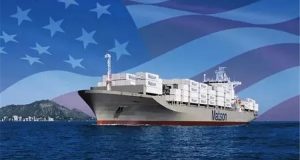
16.54 million! Two ships of Matson Shipping were the first to be hit
On October 14th, two container ships owned by Matson Marine, the MANUKAI and the MATSON WAIKIKI, called at the Port of Ningbo and the Port of Shanghai, respectively, becoming the first vessels to be charged after the reciprocal port fee policy between China and the United States came into effect.
The MANUKAI, with a capacity of 2,600 TEUs and a net tonnage of 11,149 tons, arrived at Ningbo Port on the morning of October 13th and docked on the morning of the 14th. The vessel is flagged, owned, and operated by the United States and built by Aker Philadelphia. This does not meet the exemption requirements for ships built by Chinese shipyards as stipulated in the “Implementation Measures for the Collection of Special Port Fees on U.S. Vessels” issued by the Ministry of Transport of China. Based on the “400 yuan per net ton” rate, the vessel must pay the full “Special Port Fee” of 4.4584 million yuan (approximately US$627,900), becoming the first vessel to be charged this fee at the Port of Ningbo.
Another vessel, the MATSON WAIKIKI, has a larger capacity, reaching 4,884 TEUs and a net tonnage of 30,224 tons. It was built by Daewoo-Mangalia. At 6:00 PM on October 14th, the vessel berthed at Shanghai Port and was assessed a one-time “special port fee” of 12.09 million yuan, also at a rate of 400 yuan per net ton. This made it the first US-bound vessel to pay this fee at Shanghai Port. The two fees totaled 16.54 million yuan, which Matson Shipping was required to pay in full.
On October 11th, three days before the new port fee regulations officially came into effect, Matson Shipping issued a customer notice stating that it had no plans to adjust its existing China-US express service schedules. It would continue to provide the fastest and most stable express service to the US for both China and the trans-Pacific market, and would not impose any additional surcharges on customers due to the special port fee. This decision reflects the strong profitability of the China-US route.
The 2024 financial report shows that the China-US route contributes over 70% of Matson’s profits. If it loses customers due to cost shifting or route adjustments, it is highly likely to lose market share to competitors such as Maersk and COSCO Shipping. From a financial perspective, based on current rates, Matson’s more than ten flagship vessels will incur additional costs of approximately 80 million yuan for the entire year. With a net profit of over US$300 million (approximately RMB 2.2 billion) in 2024, Matson is fully capable of self-absorbing these costs in the short term. This “profit-for-market” strategy has already shown initial success. In late October, Matson’s China-US route bookings increased by 12% month-over-month, outperforming the industry average (approximately 8%) for the same period.
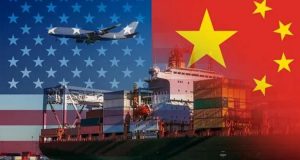
Maersk urgently adjusts ship to avoid charges
China’s policy of collecting “special port fees” from US vessels is not a one-size-fits-all approach. The fee applies to US-flagged vessels, US-built vessels, and any vessel owned or operated by an entity in which a US individual or entity directly or indirectly holds 25% or more of the equity, voting rights, or board seats. However, vessels built by Chinese shipyards are exempt.
Against this backdrop, Maersk and Hapag-Lloyd have suspended two of their US-flagged container ships from calling at Chinese ports after the special port fees took effect on October 14th. On October 14th, local time, Maersk issued a notice announcing temporary adjustments to its TP7 service.
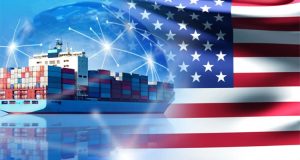
The 6,435-TEU Potomac Express (IMO: 9349526) will skip Ningbo and instead unload at Busan, South Korea. Transit cargo will be transferred there to other vessels. Cargo bound for or transiting Ningbo will be unloaded in Busan and delivered to its final destination via other vessels. Cargo originally destined for the US from Ningbo on this vessel will be loaded onto the Maersk Luz (IMO: 9526904) and then transferred to the Potomac Express in Gwangyang on October 24.
The 6,200 TEU Maersk Kinloss (IMO: 9333022) will also cease calling at Ningbo Port. Its import cargo will be unloaded at a South Korean port and transshipped to Ningbo and other destinations via other vessels within the Maersk network. Cargo originally destined for the US from Ningbo will be loaded onto a connecting vessel and transshipped in South Korea, though the name of the vessel taking over has yet to be determined.
Maersk cited its “unwavering commitment to supporting customers in efficiently managing their supply chains,” but industry analysts believe the main reason for the change is that both vessels fly the US flag and would be subject to port fees if they called at Ningbo due to China’s announcement. Linerlytica, a shipping data analytics firm, estimates that carriers could incur up to $2.3 billion in port fees for calling at Chinese ports in the first year, a reduction from the previous $3.9 billion due to exemptions for Chinese-built ships. This amount is nearly double what Linerlytica estimates Chinese shipping companies will pay for calling at US ports.
Linerlytica estimates that Maersk’s port charges in China will be close to $400 million, while Mediterranean Shipping Company (MSC) will incur slightly less. US-listed Zim is expected to incur over $600 million, the highest among major shipping companies. The average cost per TEU for affected vessels will increase by approximately $300. Since the notification was only received last Friday, major liner companies had limited time to react, and freight rates are expected to rise in the short term.






